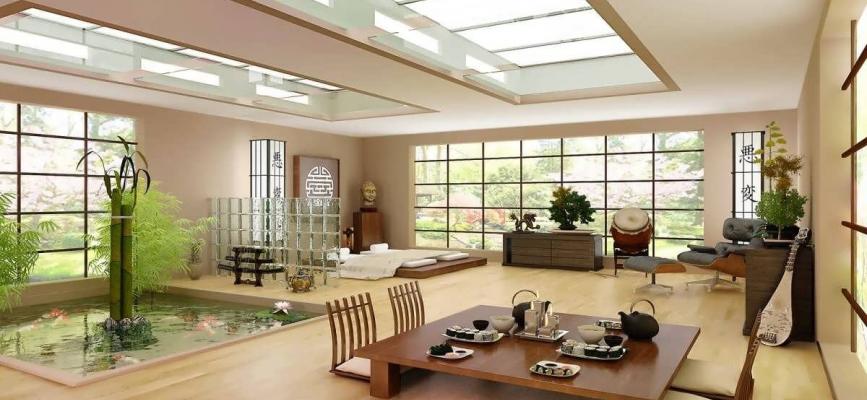
Please follow the link in the email to activate your account
For lovers of minimalism and comfort, the ideal design solution would be the Japanese style. It combines comfort and simplicity, conciseness, and naturalness.
Inspired by the landscapes of nature, thanks to 3d software for interior design, one can create a Japanese look for one's apartment. The use of light shades is not the only difference in this style.
It is essential to know its distinctive features to recreate a Japanese design in a room:
In apartments of this style, it is possible to find staircase cabinets and other furniture that performs several functions. In this way, it saves space. The Japanese generally offer to free the home from bulky furniture. A bed characterizes the bedroom in the Japanese style without legs and low furniture. Thus, chairs, tables, and sofas do not have high legs.
Natural materials and shades are used for finishes. The windows are large and wide, often without curtains, which allows one to increase the space and fill the room with light. Bamboo sliding partitions are used instead of doors. They create the effect of privacy but do not clutter up the space.
Monochrome walls are also a characteristic feature of the Japanese style. Plastered or painted in one tone without distinct texture is the best solution. For the floor, only wooden flooring is used. It is allowed to use tiles imitating stone for the kitchen or bathroom. The ceiling of a Japanese room is combined with the walls; it can be fabric or wood or painted the same as the walls.
As far as lighting is concerned, pendant and floor standing floor lamps should be made of fabric, glass, or paper. A laconic form is maintained in any element. Unfortunately, there are few textiles in Japanese interiors, mostly coarse fabrics. For the bedroom, linen or cotton single-colored bedding in light shades is used.
Stone or clay vases, pictures in the appropriate style, paper lanterns, or dwarf trees in pots can be used as accessories.
Japanese design is a cocktail of ethnics and modernity, a balance of simplicity and comfort. The designer's main task is the functionality of all elements and the preservation of space.
